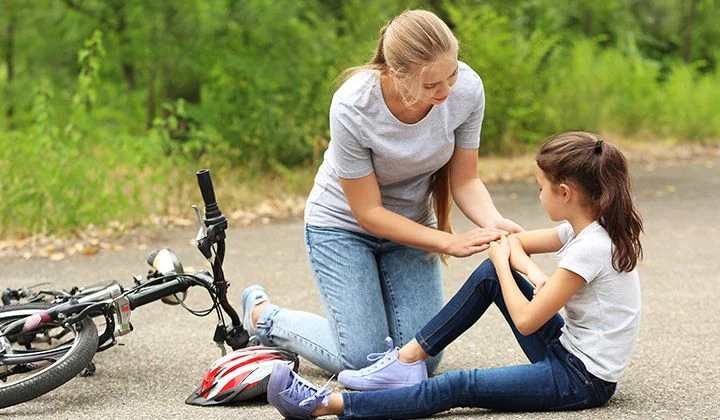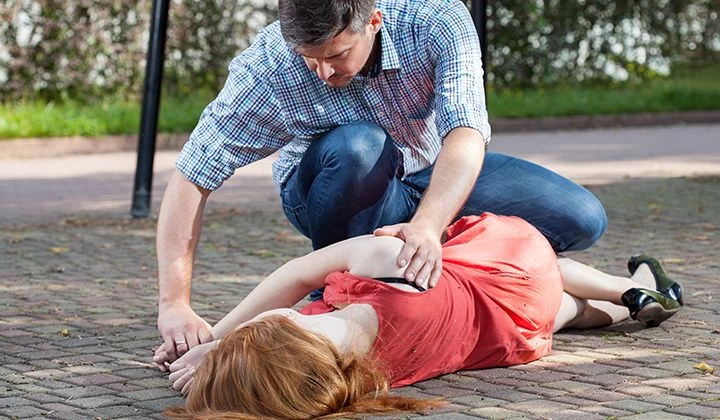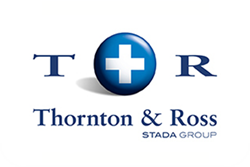Getting Help in an Emergency
Children aged 7 to 11 are at the perfect age to start learning about what to do in a medical emergency. They’re also more aware and have access to technology, so they may be able to assist adults. But that doesn’t mean they avoid scrapes altogether! Discover how to teach your child the key lessons in an emergency.

Responding to injuries
Common injuries in the household or out in public include cuts and bruises, choking hazards, broken bones and burns. You can refer to our individual guides on these injuries, but you should also teach your children the basic safety principles.
For example, they should alert an adult in the first instance, and be prepared to dial 999 in an emergency. Other things to consider are putting pressure on wounds to stop bleeding, or to look for signs of dizziness if somebody has hit their head. Don’t forget – older children may be supervising younger siblings, or they may even have to take care of an adult in an emergency.

Getting help
The most important first aid principle to teach your child is how to get help. This is key if they are out in public and are not sure of the address. When you’re out and about with your child, ask them to point out any landmarks or other striking visual features. These will be essential should they have to call the emergency services. Try a roleplay and ask them to describe where you are.
It’s also imperative that your child knows your home address. Again, you can try a roleplay situation and ask them to recall their house number and street name. Remind them that they must only ever dial 999 if it is an emergency and there are no other adults present.

Understanding DRAB
In an emergency situation, it’s important that your child knows what to do should somebody become unresponsive. Start by discussing what ‘unresponsive’ means – you could also say unconscious, passed out or knocked out.
One simple acronym to remember is DRAB: Danger, Response, Airway, Breathing. This is a good way to check if somebody is unresponsive, or simply asleep. First, children need to recognise the danger to themselves or another person, for example, if somebody has fainted. Second, they should shake the person’s shoulders to try and get a response, or shout for an adult.
Third, they should make sure nothing is obstructing the airway, such as false teeth or food. Finally, they should check for signs of breathing by tilting the person’s head back and listening, or watching the rise and fall of their tummy.

The recovery position
Older children may have more strength to put a child or adult into the recovery position, depending on their weight and location. You should explain the importance of the recovery position, particularly if your child is waiting for an ambulance.
You can refer back to DRAB and explain that the recovery position helps a poorly person breathe. You should also warn them that somebody who is unresponsive may be sick, so it’s important to keep their airways clear.
Try using a teddy or another consenting adult to show children the ‘head-tilt, chin-lift’ technique. This clears their airway and can assist their breathing while they’re waiting for an adult or doctor to help.

